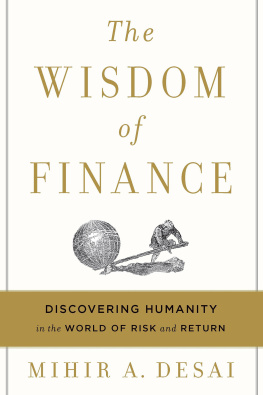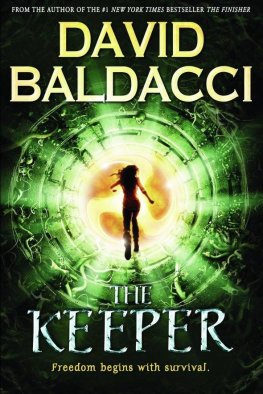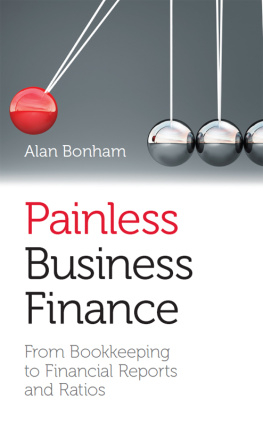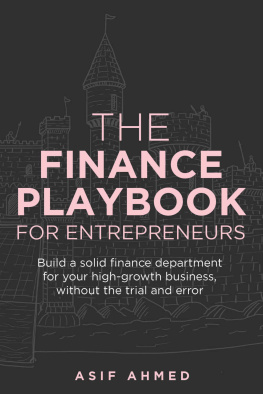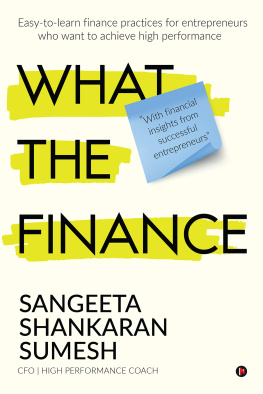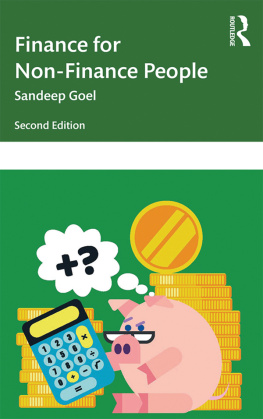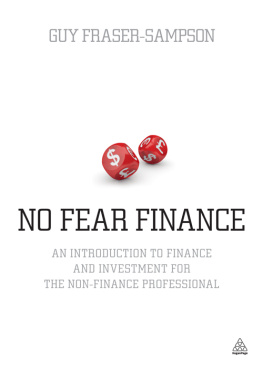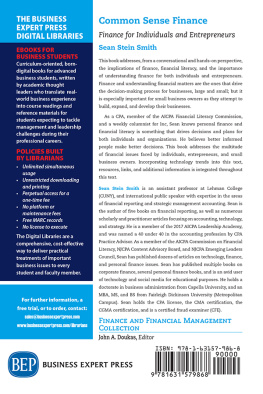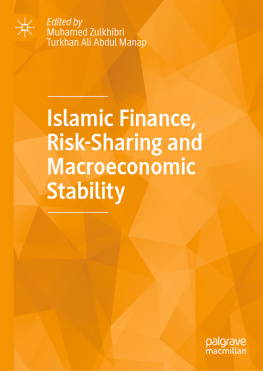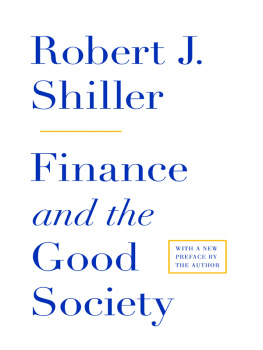Mihir A. Desai - The Wisdom of Finance: Discovering Humanity in the World of Risk and Return
Here you can read online Mihir A. Desai - The Wisdom of Finance: Discovering Humanity in the World of Risk and Return full text of the book (entire story) in english for free. Download pdf and epub, get meaning, cover and reviews about this ebook. year: 2017, publisher: Houghton Mifflin Harcourt, genre: Romance novel. Description of the work, (preface) as well as reviews are available. Best literature library LitArk.com created for fans of good reading and offers a wide selection of genres:
Romance novel
Science fiction
Adventure
Detective
Science
History
Home and family
Prose
Art
Politics
Computer
Non-fiction
Religion
Business
Children
Humor
Choose a favorite category and find really read worthwhile books. Enjoy immersion in the world of imagination, feel the emotions of the characters or learn something new for yourself, make an fascinating discovery.
- Book:The Wisdom of Finance: Discovering Humanity in the World of Risk and Return
- Author:
- Publisher:Houghton Mifflin Harcourt
- Genre:
- Year:2017
- Rating:4 / 5
- Favourites:Add to favourites
- Your mark:
The Wisdom of Finance: Discovering Humanity in the World of Risk and Return: summary, description and annotation
We offer to read an annotation, description, summary or preface (depends on what the author of the book "The Wisdom of Finance: Discovering Humanity in the World of Risk and Return" wrote himself). If you haven't found the necessary information about the book — write in the comments, we will try to find it.
Lucid, witty and delightfully erudite...From the French revolution to film noir, from the history of probability to Jane Austen and The Simpsons, this is an astonishing intellectual feast. --Sebastian Mallaby, author of The Man Who Knew: The Life and Times of Alan Greenspan
In 1688, essayist Josef de la Vega described finance as both the fairest and most deceitful business . . . the noblest and the most infamous in the world, the finest and most vulgar on earth.
The characterization of finance as deceitful, infamous, and vulgar still rings true today particularly in the wake of the 2008 financial crisis. But, what happened to the fairest, noblest, and finest profession that de la Vega saw?
De la Vega hit on an essential truth that has been forgotten: finance can be just as principled, life-affirming, and worthy as it can be fraught with questionable practices. Today, finance is shrouded in mystery for outsiders, while many insiders are uneasy with the disrepute of their profession. How can finance become more accessible and also recover its nobility?
Harvard Business School professor Mihir Desai, in his last lecture to the graduating Harvard MBA class of 2015, took up the cause of restoring humanity to finance. With incisive wit and irony, his lecture drew upon a rich knowledge of literature, film, history, and philosophy to explain the inner workings of finance in a manner that has never been seen before.
This book captures Desais lucid exploration of the ideas of finance as seen through the unusual prism of the humanities. Through this novel, creative approach, Desai shows that outsiders can access the underlying ideas easily and insiders can reacquaint themselves with the core humanity of their profession.
The mix of finance and the humanities creates unusual pairings: Jane Austen and Anthony Trollope are guides to risk management; Jeff Koons becomes an advocate of leverage; and Mel Brookss The Producers teaches us about fiduciary responsibility. In Desais vision, the principles of finance also provide answers to critical questions in our lives. Among many surprising parallels, bankruptcy teaches us how to react to failure, the lessons of mergers apply to marriages, and the Capital Asset Pricing Model demonstrates the true value of relationships.
THE WISDOM OF FINANCE is a wholly unique book, offering a refreshing new perspective on one of the worlds most complex and misunderstood professions.
Mihir A. Desai: author's other books
Who wrote The Wisdom of Finance: Discovering Humanity in the World of Risk and Return? Find out the surname, the name of the author of the book and a list of all author's works by series.

